The federal agency has announced the start of regulatory processes to adapt safety standards to automated driving. The move seeks to accompany the expansion of robotaxi fleets, with Uber and Lucid projecting the rollout of 20,000 units in the coming years.
The federal agency has announced the start of regulatory processes to adapt safety standards to automated driving. The move seeks to accompany the expansion of robotaxi fleets, with Uber and Lucid projecting the rollout of 20,000 units in the coming years.
The National Highway Traffic Safety Administration (NHTSA) confirmed that it will initiate three regulatory processes to modernize federal safety standards for vehicles equipped with autonomous driving systems.
This step has long been awaited by the tech and auto industries, which for years have been pushing for an updated legal framework to keep pace with rapid innovation.
The announcement comes at a critical moment: companies like Uber and Lucid have already revealed plans to deploy 20,000 robotaxis over the next few years, a move that could make autonomous mobility an everyday reality for thousands of passengers across multiple U.S. cities. However, without clear rules defining safety parameters and accountability, growth in the sector faces both legal and social barriers.
The Need for a New Regulatory Framework
Current U.S. vehicle safety standards were designed for a world where humans are behind the wheel. Although the rules have evolved over decades, many existing provisions do not account for scenarios in which the “driver” is an artificial intelligence system.
This gap raises pressing questions:
What requirements should apply to the cameras and sensors that replace human vision?
How should the safety of driving software be evaluated under adverse conditions?
What emergency protocols should be in place for vehicles that lack steering wheels and pedals?
NHTSA aims to address these questions through public consultations and technical reviews that could last several months. The agency’s goal is to build an updated framework that provides legal certainty for companies and, above all, confidence for passengers.
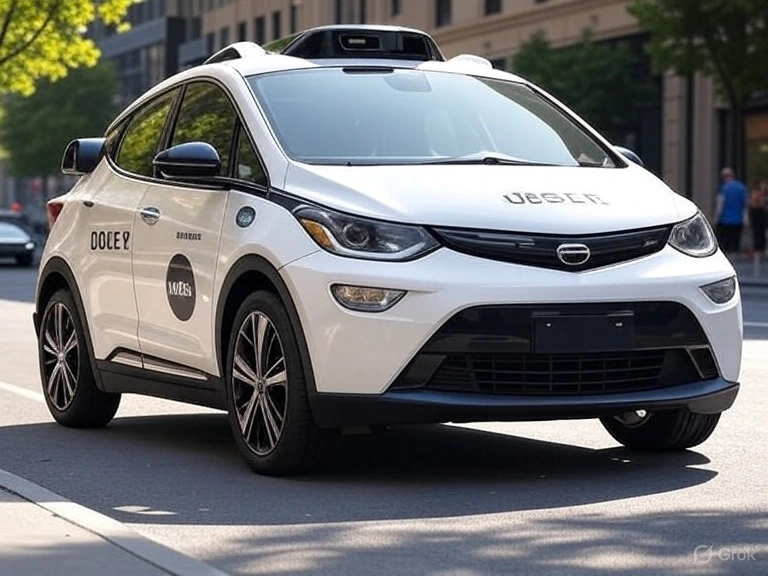
Impact on Industry and Mobility
NHTSA’s decision is a game-changer for the market. Industry analysts say the adoption of new rules could unlock billions of dollars in investments in robotaxi fleets and autonomous delivery vehicles. Uber has already piloted robotaxi programs in Phoenix and Las Vegas, while Lucid — best known for its luxury EVs — is preparing to partner with technology providers to scale its services.
If current plans succeed, the initial deployment of 20,000 autonomous vehicles could reshape urban mobility, reducing reliance on private cars while expanding on-demand transportation options. Freight transport could also benefit, with autonomous trucks operating continuously and safely along strategic freight corridors.
Challenges and Resistance
Despite the promise, autonomous vehicles remain controversial. Consumer groups and labor unions have voiced concerns about several risks:
Safety: Previous crashes involving test vehicles fuel skepticism about reliability.
Jobs: Automation threatens to displace millions of professional drivers.
Liability: It remains unclear who is responsible in case of an accident — the manufacturer, fleet operator, or software developer.
NHTSA will need to strike a delicate balance, ensuring strict safety checks, transparency protocols, and oversight mechanisms.
A Cultural Shift Underway
Beyond regulation, the debate over autonomous vehicles highlights a deeper cultural shift in how Americans view transportation. For over a century, driving has been synonymous with personal freedom. Now, younger generations seem more willing to hand over control to technology — especially if it saves time, money, and emissions.
The convergence of electrification, digitalization, and automation is shaping a new mobility paradigm. NHTSA’s task is to ensure that progress does not come at the expense of road safety.
The agency’s decision to modernize safety standards for autonomous vehicles represents a milestone comparable to the introduction of the first auto regulations in the early 20th century. Just as rules once required headlights, brakes, and seatbelts, today the discussion centers on software reliability, sensor performance, and system accountability.
If the process succeeds in balancing innovation with safety and social responsibility, the U.S. could emerge as a global leader in robotaxi and autonomous transport deployment. For millions of users, the change could mean more accessible, safe, and efficient mobility. For industry, it’s a gateway to a multibillion-dollar market. And for society at large, it signals the beginning of a future where the steering wheel is no longer in human hands.

States with the most truck drivers in the U.S.
These are the states with the highest number of truck drivers in the United States. The trucking industry employs approximately 3.6 million truck drivers across
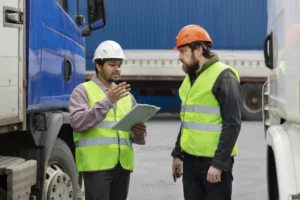
Lawmakers propose 10% penalty for brokers hiring high-risk carriers
A new legislation was proposed to penalize brokers who hire carriers with a history of violations. On December 18, Republican Representative John Moolenaar of Michigan
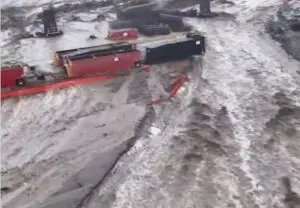
Severe Flooding and Travel Chaos in Southern California
A powerful atmospheric river is driving Severe Flooding and Travel Chaos in Southern California, with torrential rain triggering mudslides, emergency evacuations, and widespread road closures. Major highways such as Interstate 15 were shut down as floodwaters and debris inundated roads and bridges, stranding holiday travelers and disrupting regional transportation.
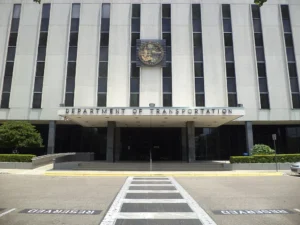
The Department of Transportation’s “naughty list”
The United States Department of Transportation continues to expand its “naughty list,” now including California, New York, and Colorado. The U.S. Department of Transportation (DOT)
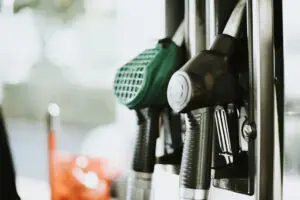
Gas prices at lowest during the holiday season
Data by the American Automobile Association shows that December has been the cheapest month of the year for gas prices. The magic of Christmas has

Accident rates rise nearly 30% in winter holiday travel
The month of December becomes one of the most congested of the year, making the risk of an accident more volatile. Winter is the most
